The Naoshima Plan ‘Water’: Unlocking the Secret Energy of the Art Island
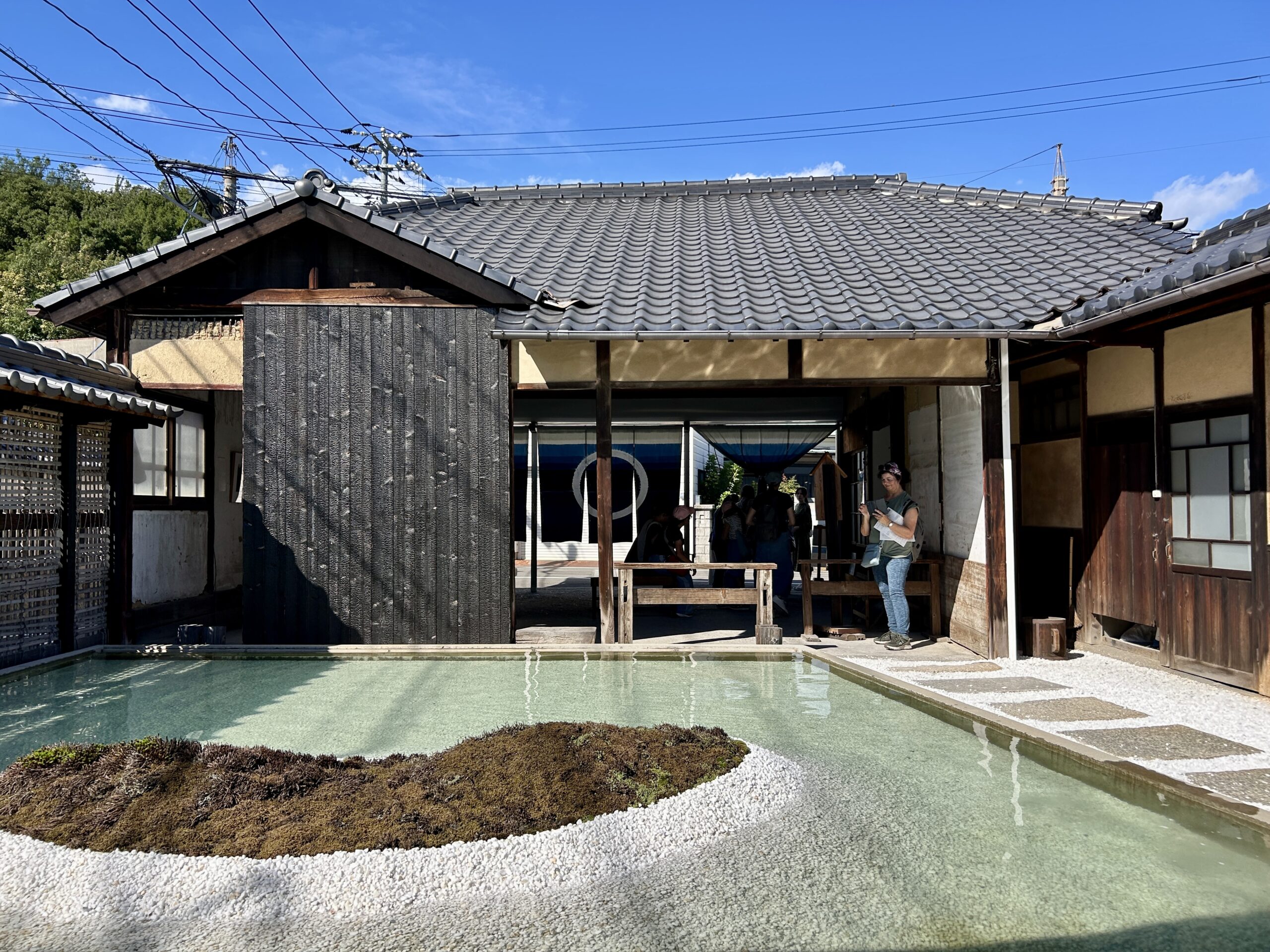
Naoshima, the jewel of the Seto Inland Sea, is globally celebrated for the grand architectural statements of Tadao Ando and the vibrant pop art of Yayoi Kusama. Yet, for the discerning traveler seeking a deeper connection to the island’s unique environment, one must look toward a quieter, more profound series of works: The Naoshima Plan ‘Water’.
Located within the historic Honmura district, this architectural piece is an essential, often overlooked, layer of the Naoshima art experience. It is the culmination of architect Hiroshi Sambuichi’s decade-long research into the island’s natural climate and energy, and it offers visitors a tangible, sensory encounter with the element that sustains all life: water.
For those planning an immersive journey to the Setouchi Art Site, understanding ‘The Naoshima Plan Water’ is key to moving beyond simple sightseeing and truly experiencing the island’s intellectual and environmental philosophy.
The Philosophy: Unearthing Naoshima’s “Moving Materials”
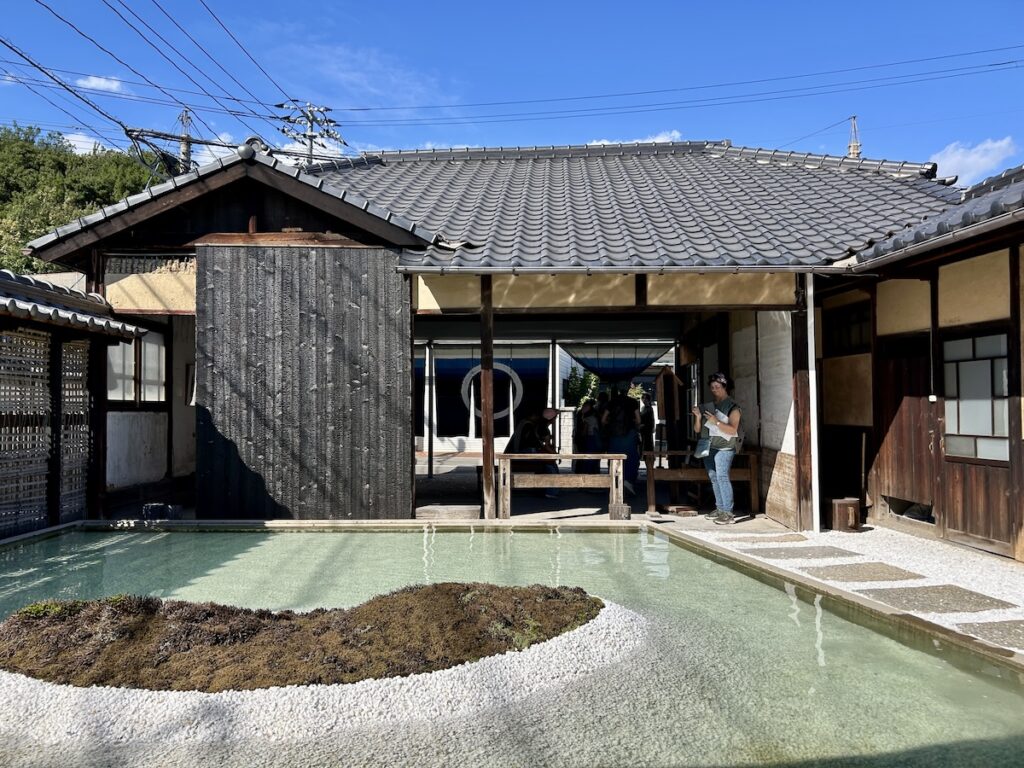
The concept of ‘The Naoshima Plan’ began with architect Hiroshi Sambuichi’s profound commitment to what he calls “moving materials“—the fundamental elements of nature: the Sun, Wind, and Water. His work is a continuous exploration of how traditional Japanese architecture, particularly in island communities, was inherently designed to harness these natural energies for human comfort.
Sambuichi believes that the townscapes of Honmura were built to pass on these “moving materials” as if in a relay race. His extensive, site-specific research revealed that the houses in Honmura were often constructed with specific alignments to optimize the flow of the prevailing wind from south to north, creating natural cooling.
The Evolution of the Plan: From Wind to Water
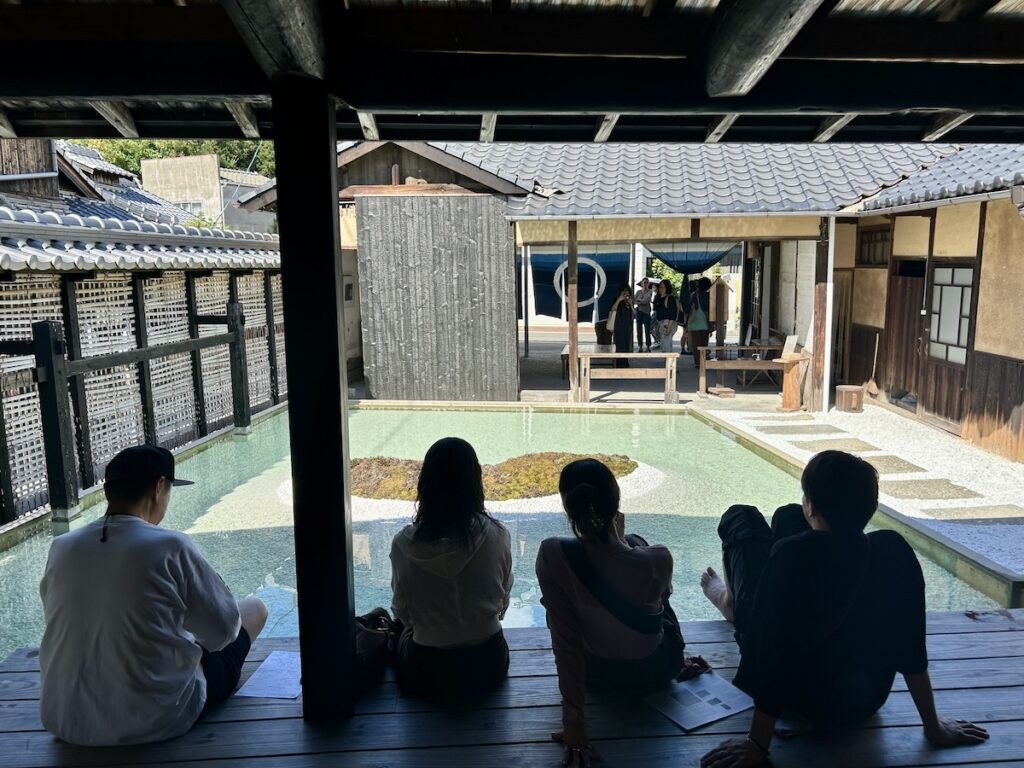
‘The Naoshima Plan Water’ is the third iteration of this ongoing project, following his earlier investigations into wind and traditional living structures. In this work, Sambuichi turns his focus to the island’s underground water arteries—the vital, often hidden, groundwater sources that sustained the community for centuries.
By focusing on water, he aims to draw people back to a central resource, reminding them of its value and the intelligence embedded in the island’s historical use of this element. The result is a space that allows visitors to feel the intellectual and ecological ideology of Honmura through their entire body.
The Experience: Stepping Inside the ‘Water Relay’
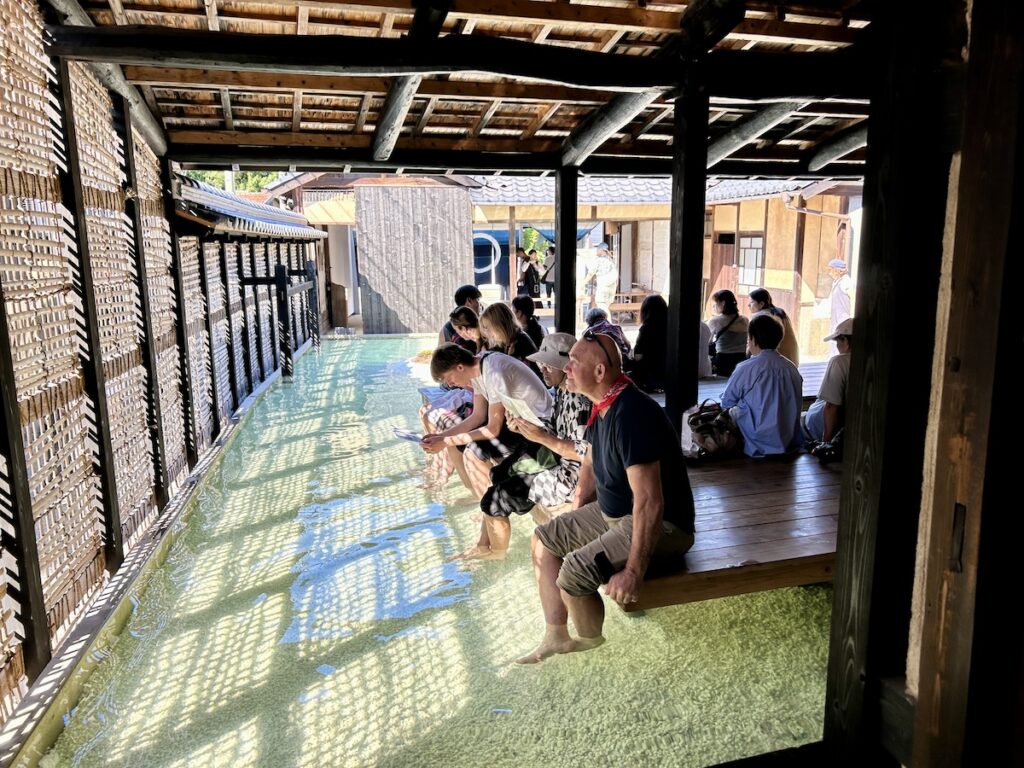
‘The Naoshima Plan Water’ is housed within a beautifully renovated old private residence in Honmura, once a post office and known locally as the ‘Old Sakai Family Residence.’ This fusion of old and new is characteristic of the Art House Project, but Sambuichi’s intervention is unique.
An Architectural Transformation
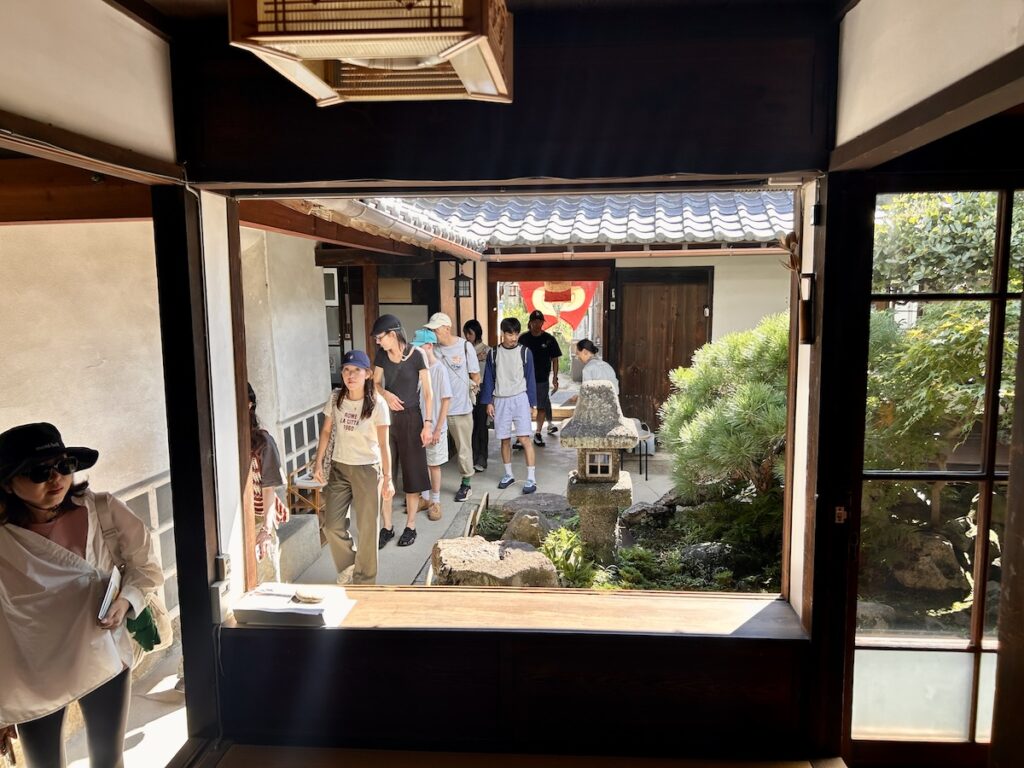
Sambuichi did not just renovate; he performed an architectural reinterpretation. He highlighted the traditional tsuzukima (adjacent rooms) aligned north-south, a common feature in Honmura houses designed to catch the wind.
The most striking feature is the installation of a large, shallow water pool—or water basin—in the newly created courtyard space. This pool is fed by the rich groundwater pumped directly from a stone-built well, tapping into the very “underground arteries” Sambuichi was investigating.
The pool is positioned beneath the eaves of the traditional structure, creating a sheltered space known as a sashiki (pier or seating area) where visitors can sit and interact with the installation.
A Sensory Connection to the Island
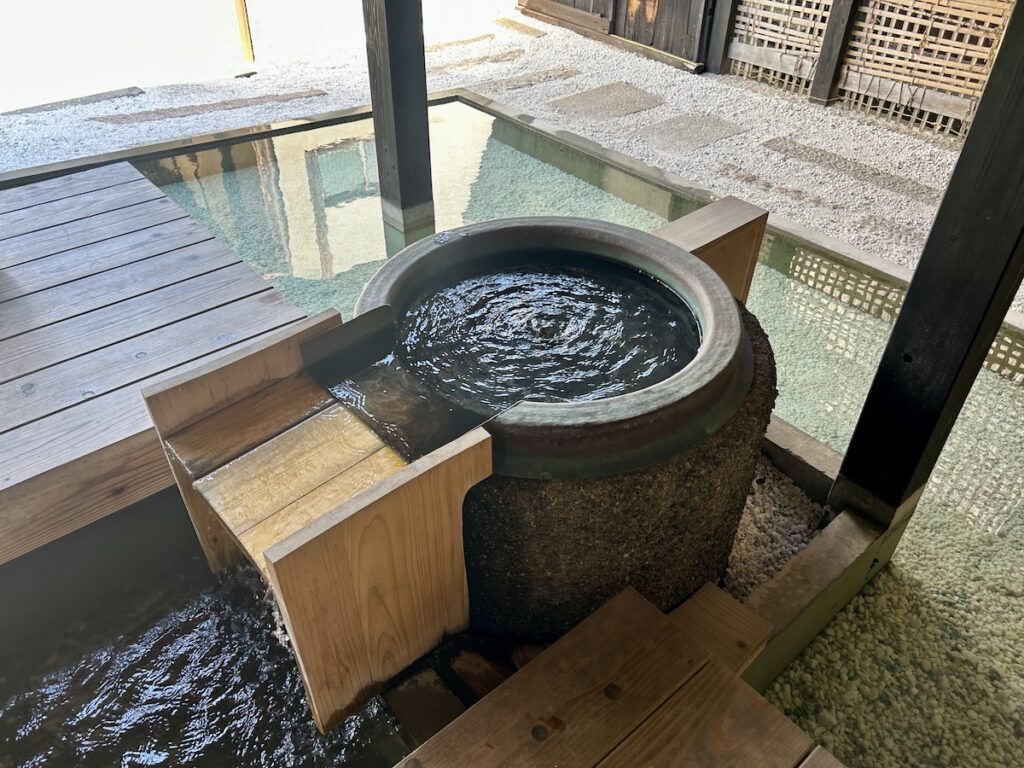
This is where the art becomes a sensory experience:
- Tactile Engagement: Visitors are invited to take off their shoes and dip their feet into the cool, clear water. This simple action provides immediate physical relief, especially on a warm day, and connects the visitor directly to the island’s hidden resource.
- Thermal Regulation: The pool acts as a natural air conditioner. The cool water lowers the ambient temperature of the space. As the wind flows through the house (the ‘wind relay’), it is cooled by the water, creating a refreshing environment that demonstrates the clever environmental wisdom of the old architecture.
- Visual and Auditory Immersion: The sound of the running water and the sight of the shimmering light reflecting off the water’s surface onto the old wooden beams create a meditative atmosphere.
The artwork is, therefore, not just the building or the pool, but the entire climatic system that Sambuichi has made visible and tangible.
How ‘The Naoshima Plan Water’ Complements the Art House Project
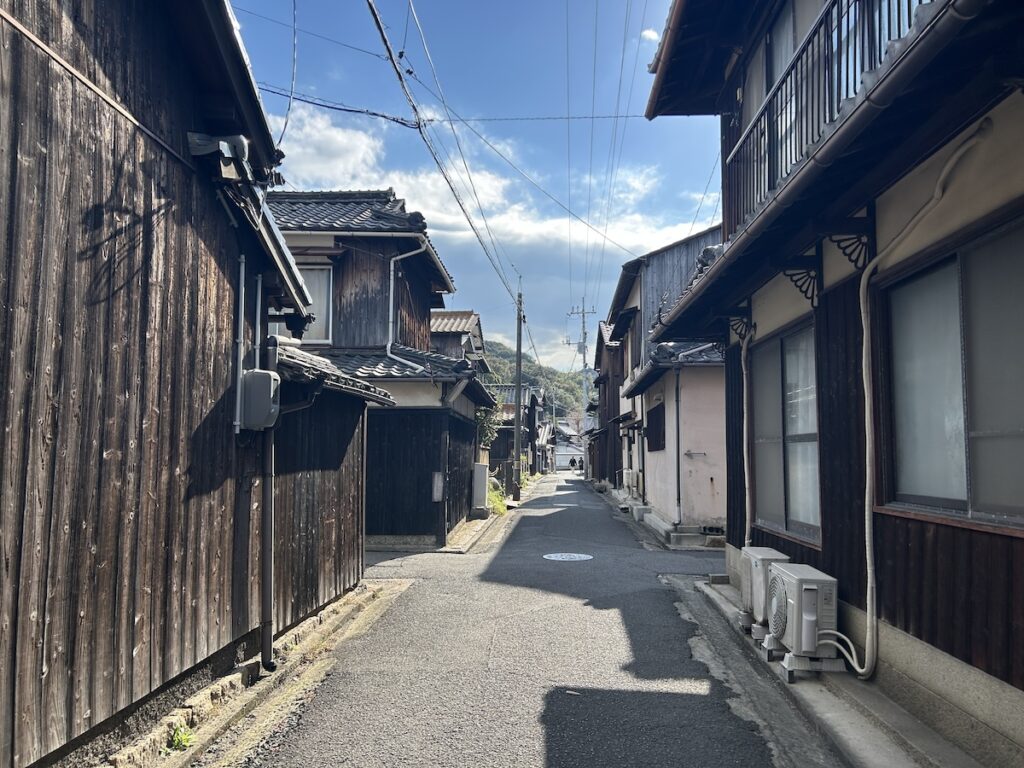
‘The Naoshima Plan Water’ is crucial for understanding the Art House Project, but it offers a different kind of immersion.
- Complementary to the Art Houses: While works like Minamidera (James Turrell) focus on light, shadow, and perception, Sambuichi’s piece grounds the visitor in the physical reality and environmental history of the village. It is a work of architecture and environmental science fused with art.
- A Site for Reflection: Unlike the bustling contemporary museums, this space encourages visitors to slow down and reflect on the relationship between human life and natural resources. It is a quiet oasis in the midst of the popular Honmura district.
Practical Tips for Visiting the ‘Water’ Project
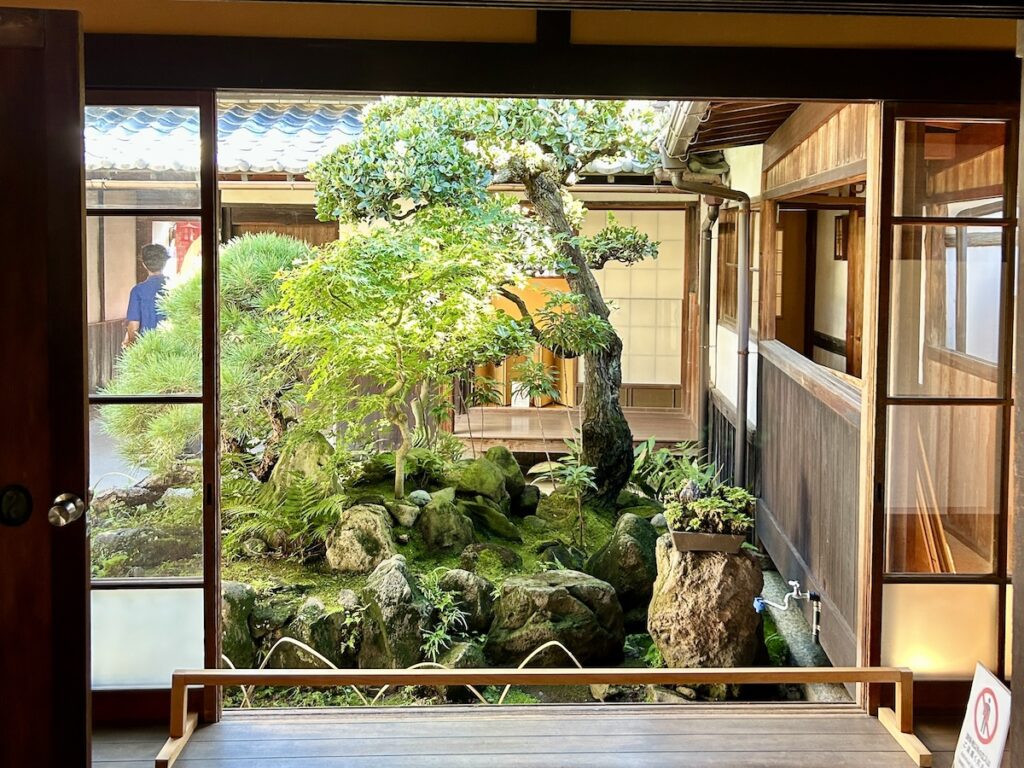
To make the most of your visit to this unique installation:
- Location: ‘The Naoshima Plan Water’ is located in the Honmura district, close to the other Art House Project sites and the Ando Museum. It can be easily reached by the town bus (get off at the ‘Nokyo-mae’ bus stop).
- Entry and Fee: Admission is typically free, distinguishing it from the ticketed Art House installations.
- When to Visit: The experience is most striking on a warm, sunny day, as the thermal contrast and the cooling effect of the water are maximized. The play of natural light on the water surface is also at its best.
- Accessibility: Remember to be prepared to remove your shoes to fully experience the installation by dipping your feet into the pool.
Conclusion: Why ‘The Naoshima Plan Water’ is Essential for the Art Aficionado

Naoshima is a celebration of humanity’s dialogue with art, architecture, and nature. While the large museums capture the headlines, works like The Naoshima Plan ‘Water’ provide the context—the deep, sustainable wisdom of the island itself.
Architect Hiroshi Sambuichi has gifted visitors a rare opportunity to step out of the gallery and into a living, breathing architectural system. It is a powerful testament to the fact that the most meaningful art on Naoshima is often the one that invites us to feel the unseen forces that shape our world.
For travelers seeking a rich, intellectual, and sensory experience, make sure to seek out this remarkable convergence of history, ecology, and genius in the quiet backstreets of Honmura.
